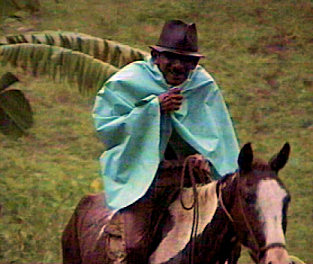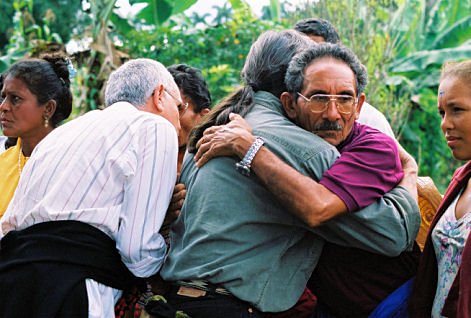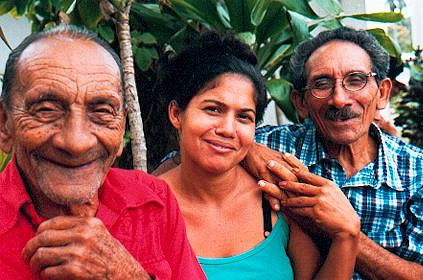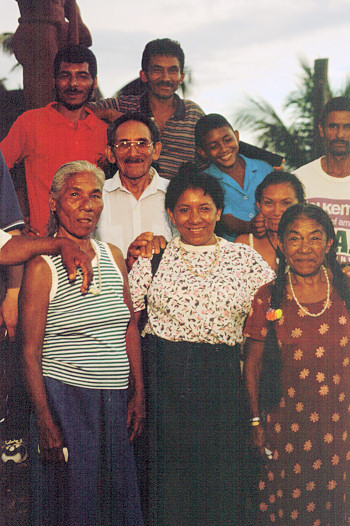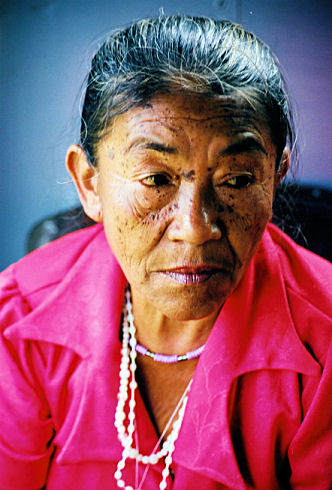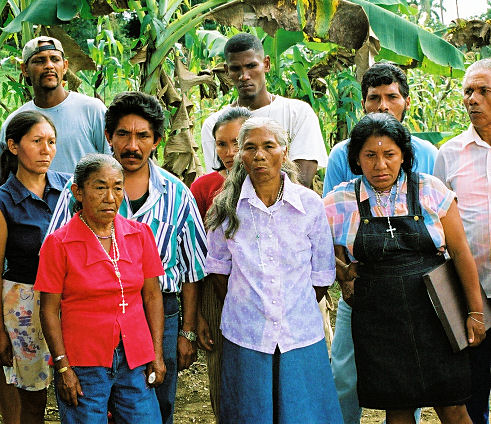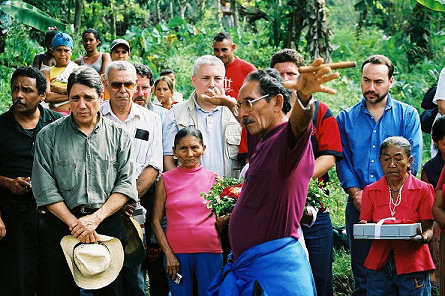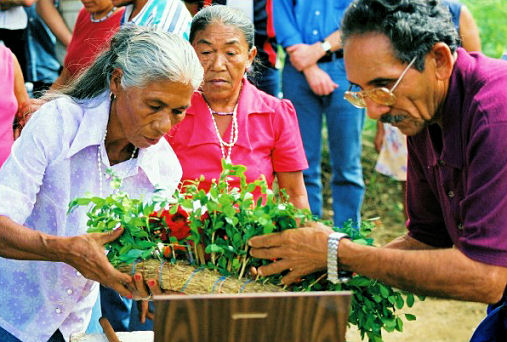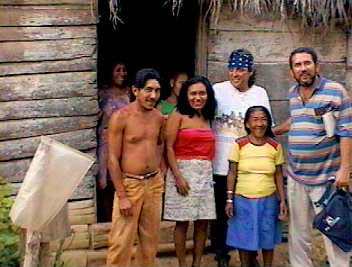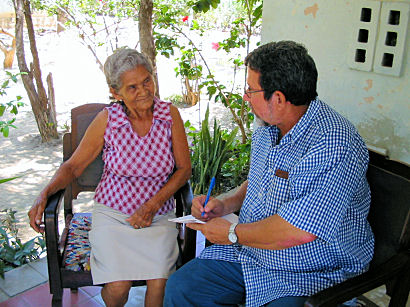








CUBA
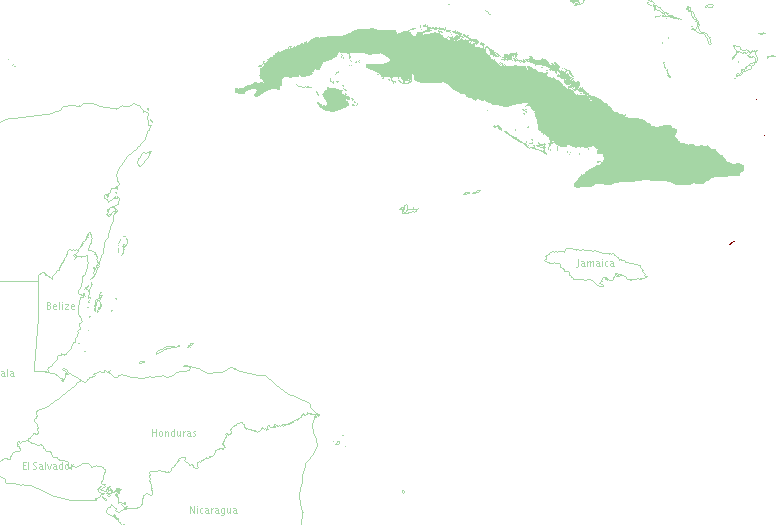
Indigenous Resurgence in the Contemporary Caribbean: Amerindian Survival and Revival. Edited by Maximilian C. Forte. Published by Peter Lang, New York, 2006
Contributor: José Barreiro, Taíno, senior editor at Indian Country Today and founding editor of Native Americas journal, has for nearly 20 years helped to forge the American Indian Program at Cornell University, where he served as associate director and editor-in-chief of Akwe:kon Press and its journal Native Americas. A member of the Taíno Nation of the Antilles, Barreiro was instrumental in remodeling Indian Country Today into the United States’ leading American Indian news source. Barreiro has edited several books on indigenous American topics, including Indian Roots of American Democracy; View from the Shore: American Indian Perspectives on the Quincentenary; Chiapas: Challenging History; Panchito: Cacique de Montaña, a testimony narrative; and, most recently, with Tim Johnson, he edited America Is Indian Country. He is author of the novel, The Indian Chronicles (Arte Publico Press–University of Houston, 1993). For 25 years, Barreiro has worked on development of communications networks among indigenous peoples of North, Central and South America and the Caribbean. He has been an advisor to several Native nations and a consultant with the John D. and Catherine T. MacArthur Foundation, the Canadian International Development Agency, the Smithsonian Institution’s National Museum of the American Indian, and the Council on Indigenous Peoples’ Economies. Barreiro was chosen as one of the most influential 100 Latinos in the US in 1993 for his work in ethnic literatures. He holds a PhD in American Studies from the State University of New York at Buffalo. He is also a member of the editorial board of Kacike: The Journal of Caribbean Amerindian History and Anthropology (www.kacike.org).
Chapter: Chapter Two. Taíno Survivals: Cacique Panchito, Caridad de los Indios, Cuba
Abstract:
This chapter consists of three main elements. The first is a reconsideration of the documentary history of eastern Cuba that attests to the continued presence of an indigenous population of Taíno descent. Numerous historical sources are examined, shedding light on documents and testimonials that have long been overlooked. Second, the chapter also provides an account of the presence of Cuban Amerindians in the Cuban independence struggle, specifically with reference to the Hatuey Regiment. Thirdly, the chapter takes us to meet Panchito Ramirez, the elder cacique of Caridad de los Indios, in eastern Cuba, general center of many people of Native Cuban extraction. He is a man of knowledge and singular talent for gentle and wise leadership. Panchito speaks a deep language of love of the Cuban earth and of the Taíno Indian identity passed down to him by his grandparents. He speaks of dreams and of survival throughout Cuban history to achieve a continuous presence that now re-emerges.Chapter: Chapter Twelve. A Bridge for the Journey: Trajectory of the Indigenous Legacies of the Caribbean Encounters, 1997–2003
Abstract:
This chapter tells the story of the eight year journey of emergence in the Cuban mountains of the long-standing Cuban Indian (Taíno-descended) community at Caridad de los Indios, Manuel Tames Municipality, Guantanamo, Cuba. It tells the story of the community currently led and guided by the elder, don Francisco (Panchito) Ramirez Rojas, in the context of the creation of an eight year forum, the Indigenous Legacies of the Caribbean. An encounter took place in the Cuban mountains in 1995. Several travelers met in the dark of tropical rain with the cacique, at the start of a long adventure behind the cacique's invitation to bring Native people from the Four Directions and any other visitors who would explore and entertain the topic of the conference. Thus begins a great cultural exchange that culminates, seven years later in the repatriation of Cuban Taíno human remains, from the Smithsonian Institution in the United States, to Cuba, and more specifically to the more recently recognized and incipiently better endowed Taíno-guajiro community, for proper and respectful reburial. The intervening years witnessed many expressions of personal narrative, ceremony, round-table discussions and other presentations on music, political concept, historical appearance, spiritual and literary manifestations, food, agriculture and most specially, medicinal applications, still present from our common indigenous legacy of the Caribbean.Photo Gallery by José Barreiro
|
A still from a video shot by José Barreiro on his encounter with Cacique Panchito Ramirez, on November 12, 1995.
José Barreiro, the author, in a green shirt, embracing Cacique Panchito (purple shirt)
Opublio Ramirez, Nina Rojas and Panchito Ramirez, Havana, Cuba, February, 2001, Photo Jose Barreiro
Left: Ranchería elders, Panchito Ramirez, Reina Mongo and Reina Rojas, daughters Idalis, sons and nephews, Baracoa, 2002. Photo Jose Barreiro. Right: Reina Rojas Ramirez, Baracoa, 2003, Photo Millie Knapp.
Elders of La Ranchería gather for the reburial of Taíno remains repatriated from United States.
As Panchito
concludes his prayer, visitors look on and elder Reina
Ramirez, right, prepares to deposit a set of human remains.
In the background, Diego Bosch, Guantanamo House of Culture,
Jose Barreiro (Cornell University), Dr. Angel Graña, Cuba
Foundation for Humanity and Nature, Tim Johnson, Senior
Editor, Indian Country Today, Mario
Alejandro Hartmann conducting interviews in the field |
Websites on the Taínos of Cuba, Puerto Rico and Hispaniola: the Caribbean Amerindian Centrelink
Beyond the Myth of Extinction: The Hatuey Regiment, by Jose Barreiro, KACIKE: The Journal of Caribbean Amerindian History and Anthropology
